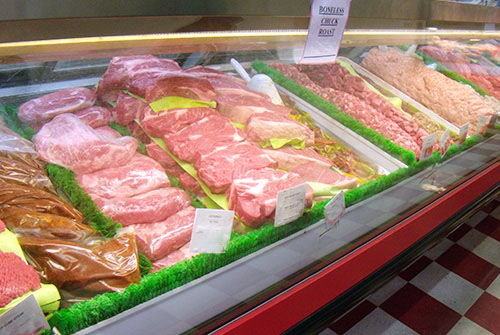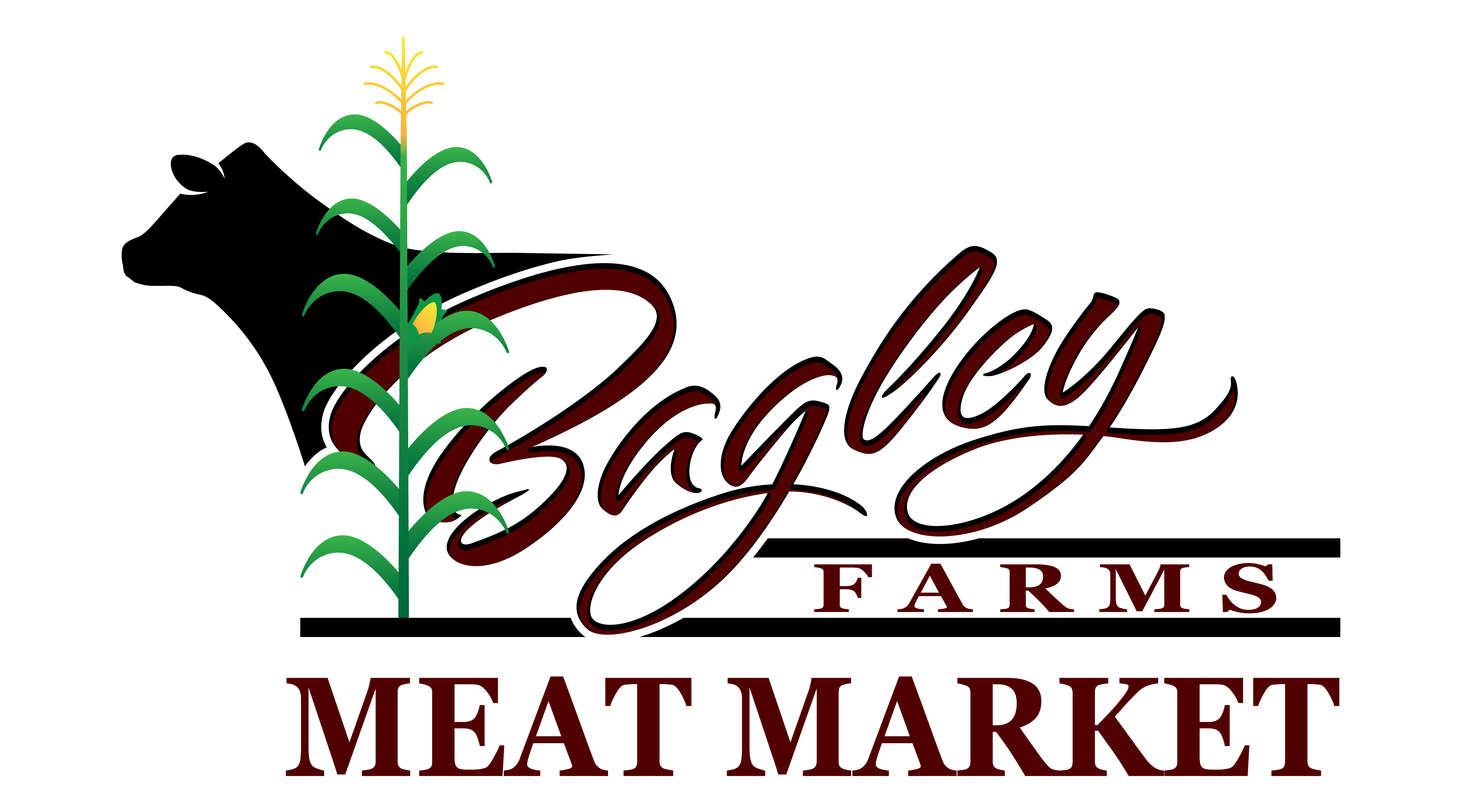Discover Where to Buy Beef Tallow for Optimal Cooking Results
Discover Where to Buy Beef Tallow for Optimal Cooking Results
Blog Article
The Nutritional Advantages of Incorporating Beef Tallow Into Your Diet Plan
Beef tallow has amassed interest for its one-of-a-kind dietary account, which consists of a rich range of necessary fatty acids and fat-soluble vitamins that can support general health. The effects of including this conventional fat into modern dietary practices invite a closer exam of its prospective advantages and downsides.

Nutrient Account of Beef Tallow
Beef tallow flaunts an abundant nutrient account that makes it a valuable addition to various diets. Mostly made up of monounsaturated and saturated fats, beef tallow is roughly 50-60% hydrogenated fat, which adds to its stability at high cooking temperature levels. This feature makes it an outstanding option for frying and toasting, as it stands up to oxidation and preserves its dietary high quality.
In addition, beef tallow is cost-free from trans fats, making it a healthier option to numerous veggie oils. Its nutrient density not just offers power yet likewise aids in the absorption of nutrients from other foods. As a conventional cooking fat, beef tallow can boost the taste of meals while contributing to general dietary intake, straightening well with numerous nutritional choices, consisting of low-carb and ketogenic diets.
Health And Wellness Advantages of Healthy Fats
Including healthy fats like those located in beef tallow right into the diet plan can generate numerous health and wellness advantages that support total well-being. Healthy and balanced fats play a crucial duty in maintaining mobile structure, hormone manufacturing, and nutrient absorption. They are important for optimal mind feature, as the brain is made up of nearly 60% fat, primarily healthy fats.
One remarkable benefit of healthy and balanced fats is their payment to heart health (where to buy beef tallow). In contrast to out-of-date beliefs that all fats add to heart disease, researches suggest that healthy fats can enhance cholesterol degrees and decrease swelling, ultimately decreasing the risk of heart condition. Furthermore, fats, such as those found in beef tallow, are a stable resource of energy, supplying continual fuel for metabolic procedures and physical tasks
Furthermore, healthy fats can help in weight management by promoting satiety, which can help in reducing overeating. They also support the absorption of fat-soluble vitamins, including A, D, E, and K, improving general nutrient uptake. By including beef tallow and other healthy fats into the diet regimen, people can improve their nutritional profile while taking pleasure in a wide range of wellness benefits that foster longevity and vigor.

Food Preparation With Beef Tallow
Food preparation with beef tallow supplies a savory and functional option for a selection of culinary applications. This provided fat, originated from beef, boasts a high smoke point of about 400 ° F(204 ° C ), making it suitable for frying, sautéing, and roasting - where to buy beef tallow. Its robust flavor boosts dishes, presenting a rich, mouthwatering quality that enhances different components
Beef tallow is especially well-suited for typical cooking techniques, such as deep frying, where it can produce a superb crust on meats and veggies. The fat's capacity to hold up against high temperatures without breaking down guarantees that you achieve crunchy textures while preserving wetness within the food. Furthermore, its stable nature implies it can be reused several times for frying, making it an economical option for home chefs and expert cooking areas alike.
In cooking, beef tallow can serve as an alternative for butter or shortening, offering an unique deepness of taste to breads and pie crusts. Additionally, it can be incorporated into sauces and gravies, enriching their preference and giving a luscious mouthfeel. By welcoming beef tallow in your food preparation collection, you can elevate your dishes while harnessing its dietary advantages.
Contrasts With Other Fats
When evaluating cooking fats, beef tallow stands out in contrast to other common choices such as veggie oils, butter, and lard. Among one of the most notable distinctions is the fatty acid composition. Beef tallow is mostly composed of monounsaturated and saturated fats, which are much more steady at heats, making it less susceptible to oxidation than polyunsaturated veggie oils. This stability improves its suitability for frying and sautéing, where higher warmth is often used.
In contrast, while butter contains advantageous nutrients like click here for info fat-soluble vitamins, it has a reduced smoke point and can melt easily. Lard, similar to tallow, has a positive fat profile yet might include greater levels of polyunsaturated fats, depending on the pig's diet plan.

Vegetable oils, often marketed as much healthier options, can be extremely processed and consist of trans fats, which have been linked to negative health and wellness results. The omega-6 fatty acids common in lots of vegetable oils can contribute to inflammation when eaten in unwanted. In general, beef tallow supplies an unique balance of taste, stability, and nutritional benefits that can make it a more effective option in different cooking applications.
Incorporating Beef Tallow Into Meals
Beef tallow can be flawlessly incorporated into a selection of meals, boosting both taste and nutritional worth. This rendered fat, rich in monounsaturated fats and vitamins A, D, E, and K, serves as a functional cooking tool. It is optimal for high-heat applications such as frying and roasting, where it can pass on a full-flavored deepness to veggies, meats, and even baked products.
When sautéing, take into consideration utilizing beef tallow rather than standard oils to boost the taste of stir-fries or veggie collections. For a heartier flavor, attempt incorporating it right into mashed potatoes or velvety sauces, where its rich uniformity can produce an extravagant mouthfeel. Additionally, beef tallow can be used as a base for sauces, including a robust taste account that complements a range of recipes.
For those discovering baking, substituting beef tallow for butter or shortening in pie crusts can yield a flaky, savory outcome. When grilling, brushing tallow on meats can enhance dampness retention and provide a delightful sear. By thoughtfully including beef tallow into your meals, you can enjoy not only improved flavors yet likewise the impressive dietary benefits it supplies.
Final Thought
Including beef tallow into the diet offers significant nutritional benefits, including necessary fatty acids and fat-soluble vitamins that enhance overall health. Generally, the assimilation of beef tallow right into meals can support health and wellness and wellness, making it an important addition to a balanced diet regimen.
Primarily made up of saturated and monounsaturated fats, beef tallow is roughly 50-60% saturated fat, which contributes to its security at high cooking temperature levels. As a traditional food preparation fat, beef tallow can enhance the flavor of dishes while adding to overall nutritional consumption, straightening well with different nutritional preferences, consisting of low-carb and ketogenic diet plans.
Including healthy fats like those located in beef tallow into the diet can yield numerous wellness benefits that support overall wellness. By integrating beef tallow and various other healthy and balanced fats into the diet regimen, people can improve their dietary profile while delighting in a wide variety of health benefits that foster longevity and vitality.
When evaluating cooking fats, beef tallow stands out in contrast to various other my link usual options such next page as veggie oils, butter, and lard.
Report this page